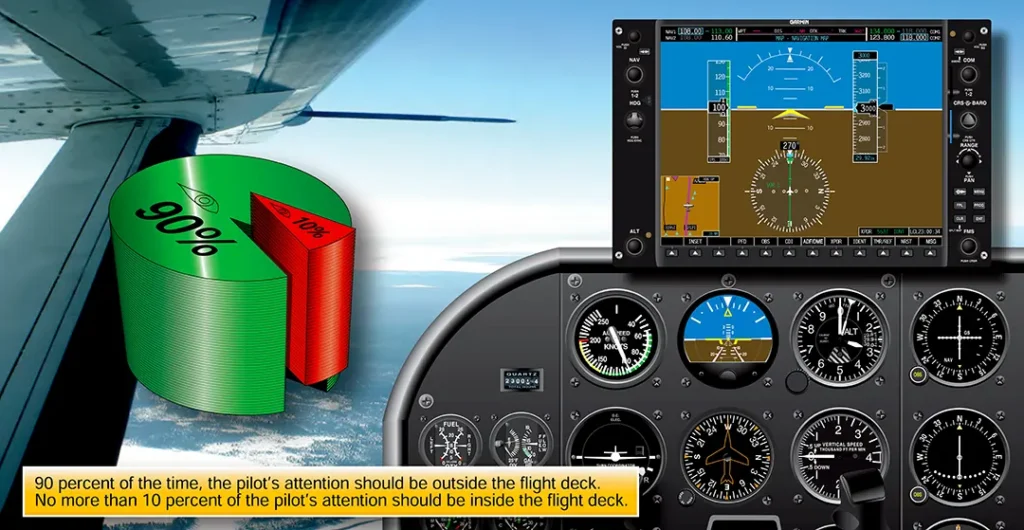Airplane Upset Prevention and Recovery
Airplane Flying, Flying TrainingAn unusual attitude is commonly referenced as an unintended or unexpected attitude in instrument flight. These unusual attitudes are introduced to a pilot during student pilot training as part of basic attitude instrument flying and continue to be trained and tested as part of certification for an instrument rating, aircraft type rating, and an airline […]










